A new series of WW1 Wings of Glory Airplane Packs is now in stores, introducing the Phönix D.I, Nieuport Ni.11, Sopwith 1 1/2 Strutter, and Albatros C.III airplanes. Let’s learn something more about these planes, starting with the Phönix D.I, one of the Austro-Hungarian fighters used during World War I.
Phönix Flugzeug-Werke had to develop a new fighter, equipped with more powerful engines, and the ability to fight with the enemy aircrafts during the last years of WWI. The Phönix D.I was the second design developed by the Phönix Flugzeug-Werke based on Hansa-Brandenburg designed, produced under license of Germany.
The D.I was a single-seat biplane fighter with many improvements over the original design, including more efficient wings, a more powerful engine and several improvements in the aircraft structure. Phönix Flugzeug-Werke realized a prototype in 1917, and thanks to his powerful engine (a 200hp Hiero inline engine), it proved to be really fast but difficult to handle, climbing poorly and proved slower and less maneuverable than its opponents.
Besides the engines, the plane offered several other assets: it provided pilots with good visibility and the armament was really effective. Because the Austro-Hungarian Empire urgently needed fighters, the D.I entered into production, even though there were still evident structural problems.
It was employed first as a fighter and an escort fighter, in spite of structural weaknesses, and it was received favorably by many pilots, who found it robust and easy to fly. The D.I was also used effectively as a photo–reconnaissance aircraft.
The D.I problems were partially solved with balanced elevators and balanced ailerons on upper wings, introduced in the next model, the D.II, a variant to the D.I. The final version, the D.III, could dive as fast as desired, without fear of tearing the wings off the plane, showing itself as a deadly aircraft for its opponents.
Phönix D.I in Wings of Glory
In Wings of Glory, the Phönix is featured in three versions of the D.I variant, used by Austro-Hungarian aces and pilots as Friedrich Lang, Karl Urban and Kurt Gruber. These planes use the X maneuvre deck, a quick deck with so many available maneuvers, perfect for a fighter so maneuverable as the Phönix D.I. Its high versatility in battle, thanks to his diving ability, makes him a formidable opponent for the Allied planes in the game.
The Airplane Packs come with one additional card, which introduces the optional rule “Unreachable machine gun”. If the “Unreachable machine gun” optional rule is in use, given that the Phönix D.I machine guns were out of reach of the pilot, if a machine gun jammed, it cannot be unjammed during the game. The Phönix D.I machine gun were well forward on the fuselage, so with this rule in use, the players can use this aircraft with a more realistic effect in battle.
Friedrich Lang
One of the most famous aces of the Austro-Hungarian Empire during WWI was Friedrich Lang, who deserves much recognition for his contribution to defending naval bases in the Adriatic.
He was born in Austria, likely in 1894 or 1895, and joined the Austro-Hungarian Navy in 1912. After having worked and fought on ships, earning a Silver Bravery Medal, 2nd Class, for his coolness under fire, he requested a transfer to the Naval Air Service, which was granted on March 21, 1916.
After he became a pilot, he was sent to Durazzo, and there he built up experience by flying a variety of missions: reconnaissance, bombing land and sea targets, and providing protection flights for other aircrafts, as well as ships. In 1916, while piloting a Lohner flying boat, he intercepted six Italian Farman MF.11s and with his observer and gunner Franz Kohlhauser, he attacked the formation and hit two Italian aircrafts.
Lang was one of the unit’s first pilots flying the new Phönix D.I. On May 19, 1918 he scored his next victories while flying Phönix A.115 and he shot down two Macchi M.5. Lang achieved his fifth and final victory on August 12th piloting the Phönix D.I number A.117, when he attacked and brought down a Macchi L.3 after a short dogfight.
Following that engagement, Lang was awarded a rare second Military Merit Cross, 3rd Class, as well as the Iron Cross, 3rd Class with War Decorations and Swords. Friedrich Lang survived the war and left the navy in March 1919.
The airplane pack featuring his Phönix D.I includes the Ace Card with the "Sniper" skill.
Karl Urban
Karl Urban was born in Graz on December 29, 1894. When World War I began, he entered military service and after the basic training, he completed pilot’s training with Flieger Ersatz Kompanie 6 in Fischamend.
On the Russian front, under Hauptmann Erich Kahlen's command, with the Flik 10 he participated in reconnaissance, artillery direction, and aerial photography missions.
He had to overcome several difficult moments as his aircraft's engine stopped twice. The second time this happened he climbed forward, unstuck the engine's valve train, and restarted the motor for the trip home. A week later, he received Austrian Pilot Certificate number 306. He completed several raids against the enemy, and he earned many awards, as the Silver Medal for Bravery First Class, with his aerial observer, Oberleutnant Grunne.
On the morning of 5 May 1916, Urban and Otto Jäger, his new aerial observer, engaged a Russian aircraft with a crew of three. During a prolonged battle of more than 25 minutes, Jäger fired 300 shots at the Russians before his machine gun jammed and Urban fired with a carbine while his gunner cleared the jam. Jäger then reopened fire, and drove the Russian plane down just within its own lines. This was his first aerial victory.
After other glorious victories against Russian aircrafts, fighting memorable dogfights and earning other awards, Urban, in December 1916, switched to Fliegerkompanie 27, until October 1917, when he was reassigned to an artillery direction unit that later developed into Flieger kompanie 66D. He was then posted to a fighter unit, Fliegerkompanie 14. There his Phönix D.I fighter was marked with his initial 'U' in white on a red background band wrapped around the fuselage aft of the cockpit. He used this airplane for his final victory when he shot down an Italian fighter, likely a Hanriot HD.1.
Relieved from combat duty during July 1918, Urban became a test pilot. On 12 July 1918, while looping a new model Phönix D.I at 1500 meters, the plane lost its wings and Urban died in the crash.
The airplane pack featuring Urban's Phönix D.I includes the Ace Card with the "Acrobatic Pilot" skill.
Kurt Gruber
Another Austro-Hungarian ace of the WWI was Offiziersstellvertreter Kurt Gruber, credited with eleven aerial victories, five of which he shared with other pilots.
He was born in 1896 and when the war began he was conscripted into the Austro-Hungarian army. He soon asked to be transferred to aviation, founding his proposal on his engineering studies. After being promoted to Zugsführer, Gruber scored his first aerial victories on May 1916, with Godwin Brumowski as observer in the Albatros B.I.
After another two grade promotions, in 1917 he was assigned to Flik 41, Austria-Hungary's first true fighter squadron where he suffered injuries in a crash. Soon after, though, he scored other victories upon his return to aviation, showing his abilities as both an ace and balloon buster and destroying an Italian observation balloon.
Gruber was transferred to Flik 60J on 23 December 1917, under Frank Linke-Crawford. This squadron was equipped with the Phönix D.I. Gruber covered himself in glory with six more kills during the first months of 1918, but on April the 4th, he was shot down and killed in combat against Sopwith Camels of No 66 Squadron.
The Gruber's Phönix D.I airplane pack comes with an Ace Card with two skills: "Acrobatic Pilot" and "Perfect Aim".
Information sources: The Aerodrome, Military Wikia, Hungarian Wikipedia, Warnepieces, Wikipedia, A História da Aviação, Airwar.ru, Il Fronte del Cielo.

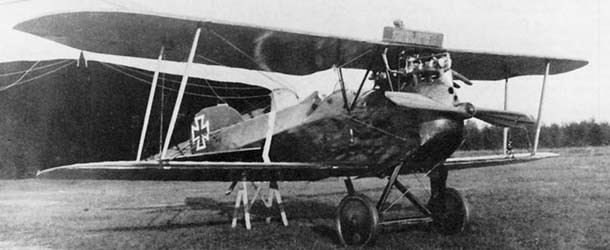
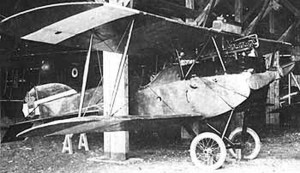
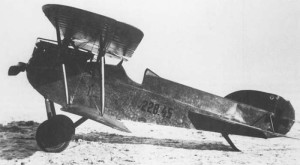
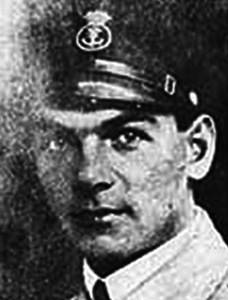
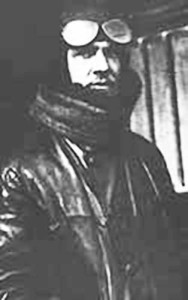
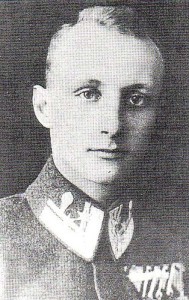

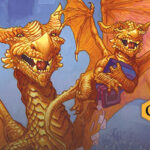






Follow Us on